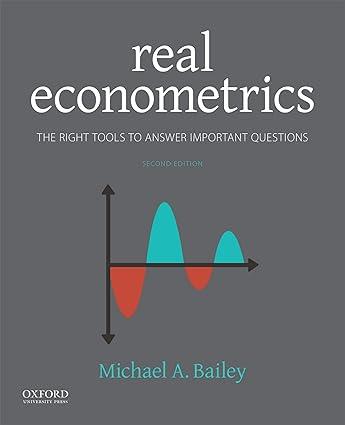We considered an experiment in which people were assigned to a treatment group that was encouraged to
Question:
We considered an experiment in which people were assigned to a treatment group that was encouraged to watch a television program on affirmative action. We will revisit that analysis, paying attention to experimental challenges.
(a) Check balance in treatment versus control for all possible independent variables.
(b) What percent of those assigned to the treatment group actually watched the program? How is your answer relevant for the analysis?
(c) Are the compliers different from the non-compliers? Provide evidence to support your answer.
(d) In the first round of the experiment, 805 participants were interviewed and assigned to either the treatment or the control condition. After the program aired, 507 participants were reinterviewed about the program. With only 63 percent of the participants re-interviewed, what problems are created for the experiment?
(e) In this case, data (even pretreatment data) is available only for the 507 people who did not leave the sample. Is there anything we can do?
(f) We estimated a 2SLS model earlier. Calculate a Wald estimator by dividing the ITT effect by the coefficient on the treatment assignment variable in the first-stage model of the 2SLS model. (If no one in the non-treatment-assigned group gets the treatment, this coefficient will indicate the compliance rate; more generally, this coefficient indicates the net effect of treatment assignment on probability of treatment observed.) In all models, control for measures of political interest, newspaper reading, and education. Compare the results for the effect of watching the program to OLS (using actual treatment) and 2SLS estimates.
Step by Step Answer:

Real Econometrics The Right Tools To Answer Important Questions
ISBN: 9780190857462
2nd Edition
Authors: Michael Bailey





